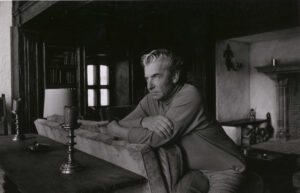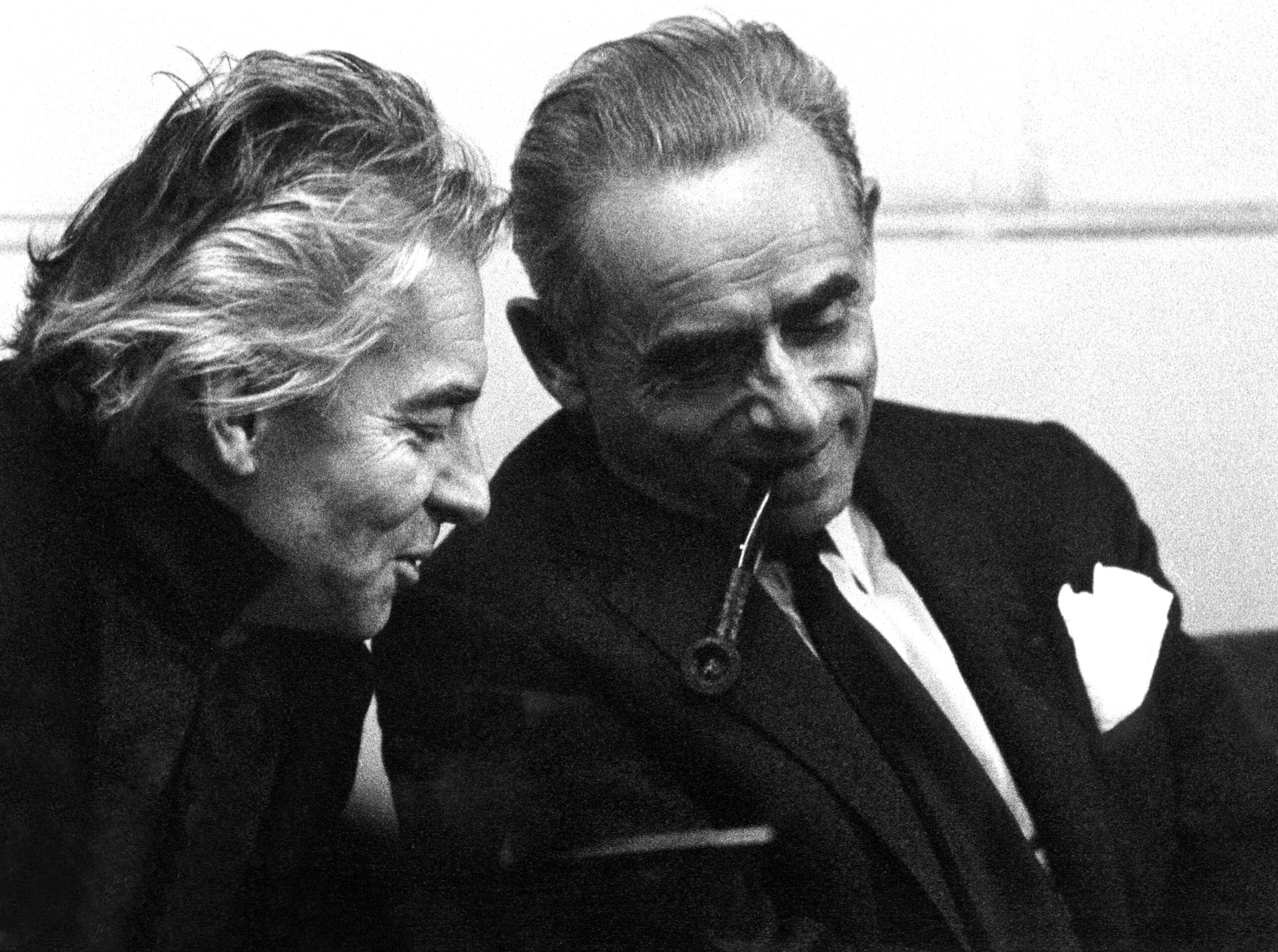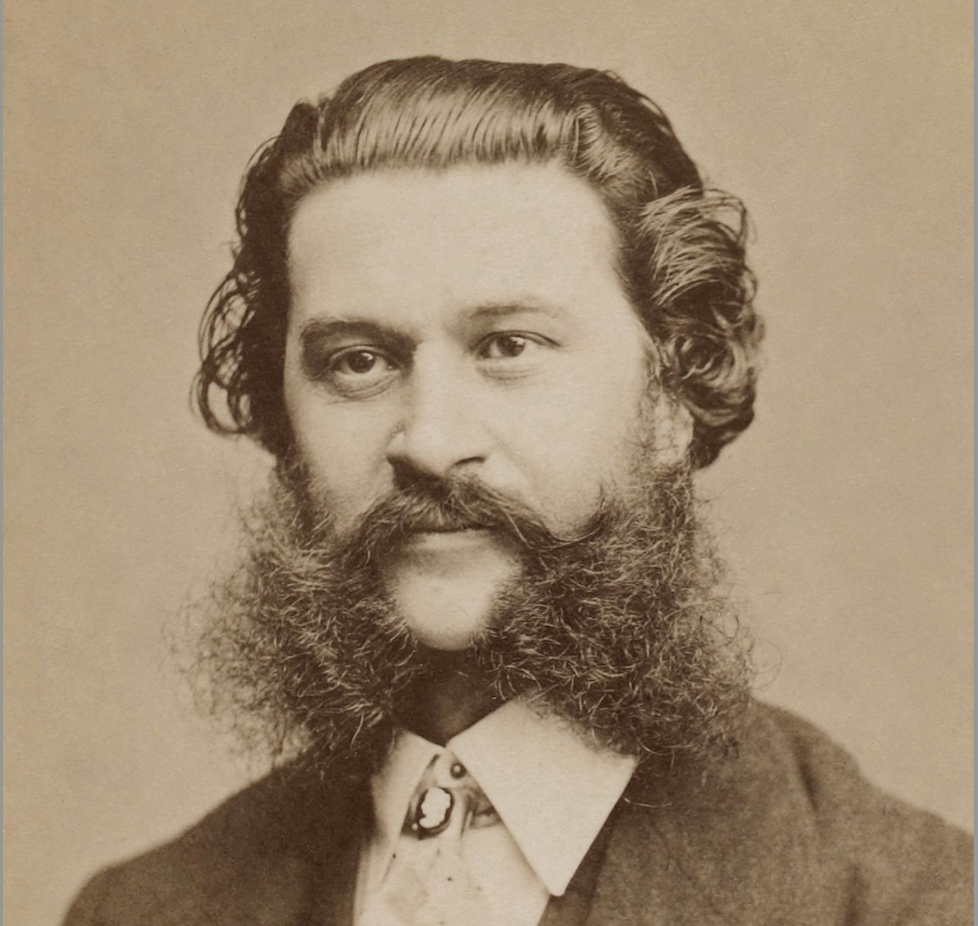23 August 2024
P.R. Jenkins
Spotlight Haydn: the “Paris” and “London” symphonies

“We believe this set of the ‘Paris’ symphonies to be the finest recordings ever made of these works.”
The leading Haydn expert H.C. Robbins Landon, 1982 Haydn Yearbook
Karajan may not be associated with Haydn’s symphonies as much as with “The Creation” but he recorded the two complete sets of the “Paris” and the “London” symphonies in the early 1980s (around Haydn’s 150 birthday) and had some excellent reviews even in a period when interpretations on period instruments were already en vogue. Most of these 18 symphonies he only interpreted once for the record but there are some exceptions.
No. 94 was obviously one of Karajan’s earliest musical experiences as a child. His father Ernst noted about the nine-year-old: “Sunday, 15 April 1917, Heribert’s first participation in the family’s eight-handed playing. Haydn’s “Surprise” Symphony. [We think that Richard Osborne, who writes ‘No. 103’ here, has made a slight translation mistake from the Haeusserman biography. The symphony “mit dem Paukenschlag” is in German No. 94, which is called in English “The Surprise”. The symphony No. 103 is the one “with the drumroll”].
Some Haydn symphonies Karajan performed in concert only a few times: No. 82 (Aachen in 1938), No. 86 (Aachen in 1940), No. 94 (Berlin Philharmonic in 1962), No. 95 (Staatskapelle Berlin in 1941), No. 101 (Berlin Philharmonic in 1981) and made some recordings apart from the complete sets (No. 83 and 101 with the Berlin Philharmonic during their St Moritz summer sessions in 1971).

Earlier recordings and a much higher number of performances were devoted to the last two symphonies. No. 103 was recorded with the Vienna Philharmonic in 1963 and was performed 9 times. A special occasion was Karajan’s third-ever concert with the Berlin Philharmonic on 14 April 1939. Richard Osborne:
“The most detailed analysis of the concert came from Fred Hamel, critic of the ‘Deutsche Allgemeine Zeitung (DAZ)’. Discussing the performance of the Haydn, he drew attention to Karajan’s consciously sparing use of string vibrato and a complete absence of romantic slurs and swells in the string playing.” Osborne quotes Hamel: “He exhibits all the impulse of youth […] yet his passion is not a manifestation of the exuberance of the Romantic, for it is overruled, re-channelled by the new Realism of the rising generation. There was a clear proof of this in the Haydn: in the absolute transparency of the sound, in the hair’s breadth precision of the phrasing, and the precise ‘terracing’ of the tuttis.”
Other performances were with the Athen Conservatory Orchestra, the Staatskapelle Berlin and the Vienna Symphony.
Haydn’s last symphony No. 104 was an absolute Karajan favourite. He recorded it twice before the complete recording of the “London” symphonies in 1981/82, in 1975, again with the Berlin Philharmonic and in 1959 with the Vienna Philharmonic. Peter Uehling wrote about this recording:
“In collaboration with the Vienna Philharmonic there’s also a greater structure. In Haydn’s No. 104 Karajan uses it to create expectations and to confound them at the same time. The whole slow movement was played in a way that focuses on the end of a phrase right from the outset. At the end of the movement, Karajan loosened his iron grip for a breathtaking modulation from G major to D flat major. The music comes to an end. Although this is done almost completely with major-key chords, the composer’s wit reveals its darker side.”
Listen to that phrase here.

Karajan conducted No. 104 54 times in concert – more often than any other Haydn piece. It was obviously a work for the crucial moments. His first-ever regular concert with the Vienna Philharmonic eight months after the end of the war in a freezing Musikverein in January 1946 was certainly such an occasion. Violinist Otto Strasser, who was ill during the rehearsals but well enough to attend the concert, recalled:
“Straight away the playing of the Haydn symphony made a great impression on me, above all because the orchestra was in top form both in terms of its sound quality and precision of its playing.”
Karajan also performed the symphony in his only concert with the Concertgebouw Orchestra Amsterdam in 1938 and in his rare collaborations with the Academia di Santa Cecilia (in 1948), the Orchestra de Teatro Colón Buenos Aires (in 1949) and the Orchestre de la Suisse Romande (in 1950). And it was in his luggage for two very prestigious tours: his first American tour as new principal conductor of the Berlin Philharmonic in 1955 and the world tour with the Vienna Philharmonic in 1959.
Richard Osborne quotes Bernard Gavoty, who attended one of Karajan’s conducting master classes in Lucerne:
“The symphony being rehearsed was Haydn’s London Symphony, No. 104, an old Karajan favourite. The finale starts with a low pedal-note on the horns [and the cellos]: ‘This holding-note of the horns is always catastrophic. Don’t be insistent: the more anxious the horns are, the worse their attack will be. What do you do? Nothing at all. The audience always chatters between movements, so get started without losing a second. The noise of the chatter will disguise a bad note…’”
We’ve prepared playlists with Karajan conducting Haydn symphonies. Listen to them here.
— P.R. JenkinsRichard Osborne: “Karajan. A Life in Music” Chatto & Windus, London. 1998
Peter Uehling: “Karajan. Eine Biographie” Rowohlt, Reinbek bei Hamburg. 2006
Ernst Haeusserman: “Herbert von Karajan. Eine Biographie.” Verlag Fritz Molden, Wien-München-Zürich-Innsbruck. 1978


